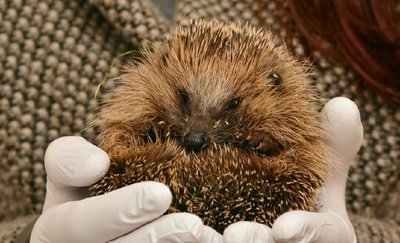Rachel from diygarden.co.uk recently wrote a wonderful article about how to help injured pets or wildlife. It tells you what to do, should you come across an animal you think could be hurt or poorly.
We were really impressed with the guide and thought we would share it with you! Here is a link to the article, and below are some things we found interesting.
“Vermin” / Non-native species
Some animals, such as Muntjac Deer and grey squirrels are not allowed to be released into the wild anymore. This means that many vets will refuse to treat them and will euthanize them if they are bought in injured.
We were inspired by the article to do a little extra research. This resource is very useful. There is no such thing as “classed as vermin”!
We were surprised to find that when a vet refused to treat our rescued pigeon Otto because he was “classed as vermin” – that was actually illegal! (Otto was released into the wild many years ago, but we still think of him often!)
Anyway – many vets will not treat wildlife that cannot be released unless you pay them to do it and take responsibility for finding a home the animal later.
How to pick up a hedgehog
We once found a hedgehog at night walking in the road, we needed to move it but found it difficult to pick up!

It didn’t occur to us to roll it into our hands! Trying to pick up a balled up hedgehog with no gloves was tricky! We did rescue the hedgehog, but wish we knew this first:
“Don’t be scared, they don’t bite. Grab the hedgehog and pop it in a high-sided box. Use gloves or a towel if you have any to hand. If not, touch the hog – it should roll into a ball unless it’s badly hurt. Then roll it onto your outstretched hand.”
Baby Bird Flow Chart
Really handy for spring! Thanks to the RSPB and diygarden.co.uk for the info!

Read More Articles (And A Disclaimer)
Diygarden.co.uk have a lot of interesting articles about wildlife on their. Take a look!
They didn’t pay us to write this article, but did offer to share our post on social media. We would have shared the info regardless: it’s a good article which we read start to finish and learned something from. That’s always worth sharing!


